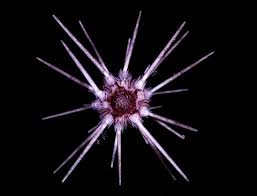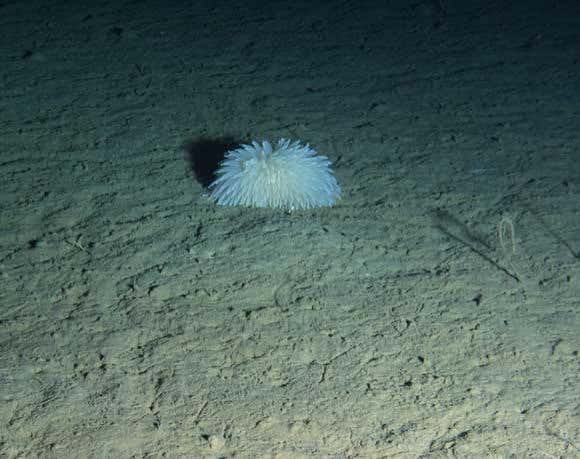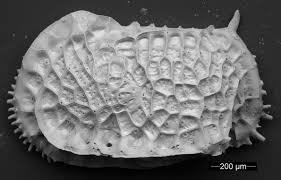Beginning with Victorian science and progressing to the onset of modern deep-sea biology, the dominant paradigm was the deep sea was a stable ecosystem. Organisms, and the communities that contained them, were unchanging because the deep was buffered against climatic variability.
Move head to the 1980’s and beyond and the picture has changed considerably.
Work led by John Gage, Paul Tyler, Craig Young demonstrates that many species exhibit seasonal reproduction.
For example, Craig Young demonstrated in 1992 that the deep-sea echinoid Stylocidaris lineata forms seasonal breeding aggregations https://link.springer.com/article/10.1007/BF00349704
That’s SEASONAL behavior in a deep-sea animal!
Work by Ken Smith and Henry Ruhl at @MBARI_News revealed a deep sea where biodiversity shifts are triggered by El Nino events. https://www.newscientist.com/article/dn14990-life-in-the-abyss-is-no-protection-from-bad-weather/ https://science.sciencemag.org/content/305/5683/513.abstract
The paradigm of the deep sea now is one of a dynamic system intimately related to seasonal, annual, and decadal changes in surface production and ocean currents. A system that is not buffered against climate alterations at our hands.
Yet this picture of the deep sea is based on a relatively small snapshot of geologic time and thus lacks a vital component. We know little of how deep-sea systems respond on geologic timescales.
And this is where I discuss work by @DrMoriartyY whose research details a violent history of ecological collapses on the deep-sea floor.
Utilizing fossilized ostracods (small bivalved Crustaceans) from cores taken in the Atlantic, @DrMoriartyY was able to recreate the last 20,000 years in the deep sea.
During major oceanographic changes up to 50% of ostracod species were replaced. Imagine half the species in your favorite dive or hiking spot being replaced with totally new species.
These biodiversity shifts occurred during centennial-millennial scale cooling events that altered oceanographic currents and surface production of plankton. This sinking plankton is the major food source for most deep-sea organisms.
The absolute largest chage occurred during the Younger Dryas/Inter-Allerod Cold Period that required over 8,000 years for the ostracods to fully recover.
Interested in knowing more? See @DrMoriartyY paper from 2008. Abrupt climate change and collapse of deep-sea ecosystems in @PNASNews https://www.pnas.org/content/105/5/1556

 Read on Twitter
Read on Twitter

